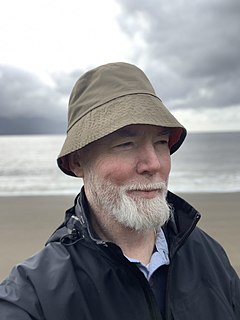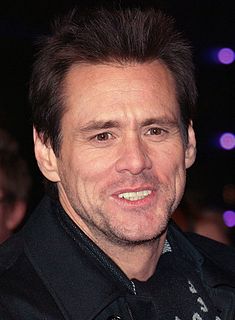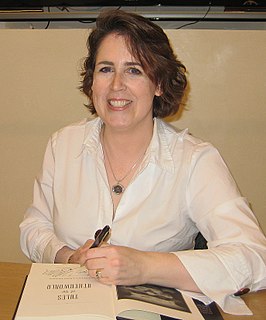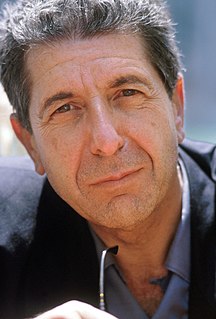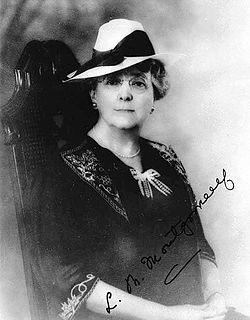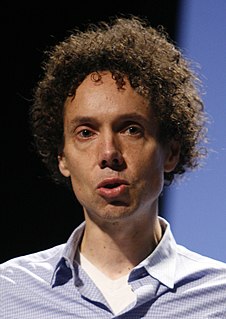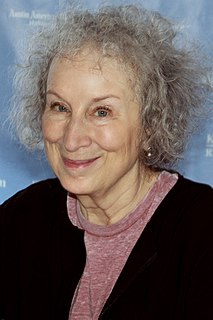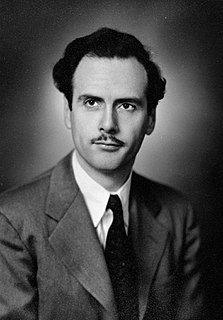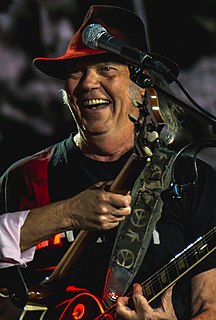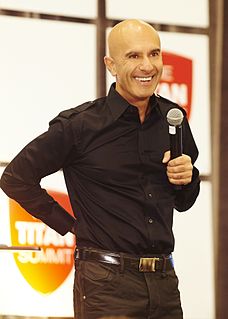Top 7 Quotes & Sayings by Kim Rossmo
Explore popular quotes and sayings by Kim Rossmo.
Last updated on September 19, 2024.
Let's say I take a picture of the Eiffel Tower in front of the casino in Las Vegas. That type of pattern might suggest I'm just a tourist. But if my next one is of another dam or electrical station, someone might say 'Well, that's kind of strange'. What do the different pieces of the puzzle mean when you put them together? And one of the advantages of geographic profiling in geography is a common denominator for so many different types of information sources.
In some places - particularly in Asia and Europe - you often see anti-government graffiti, seditious slogans, banners, leaflets, in certain neighbourhoods. The idea is that rather than wait for an explosion to occur from a bomb, it would be useful to gather intelligence on the location of these incidents.
What geographic profiling does is it takes a look at the locations of a connected series of incidents - say murders in a serial murder case or robberies in a serial bank robber case - and it spatially analyzes the point pattern of incidents, and creates a probability surface from those, working from the basis of an algorithm that says people offend close to where they live, but not too close.
The idea is to use minor events that are believed to be related to a terrorist organization, so graffiti is one of them, banners and leaflets are others, but also a lot of minor crimes if you can connect them with the group - credit card fraud, thefts - these types of things have been used to support them.



